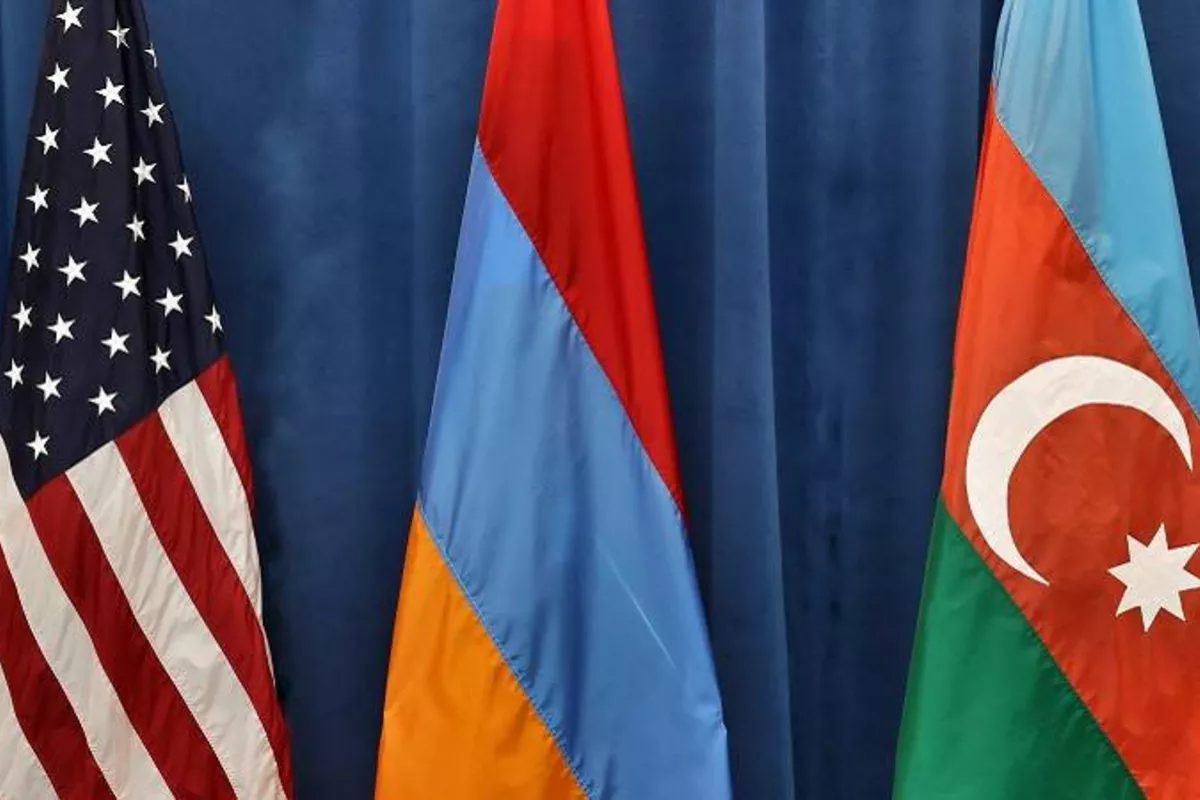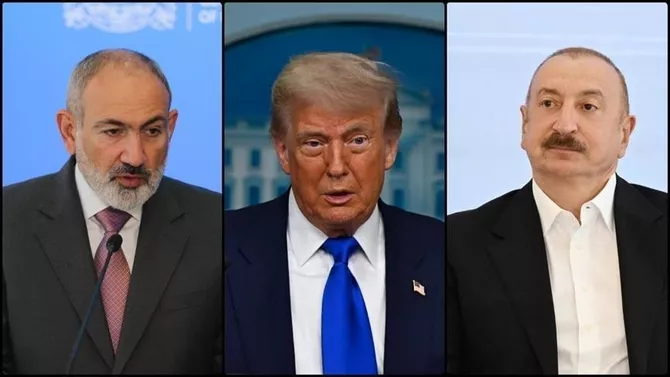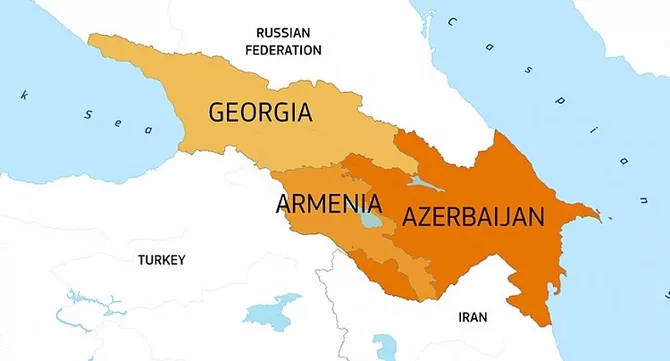
Some dates mark a turning point not only for individual nations but for the global political landscape. August 8, 2025, has every chance of becoming such a moment - the day when the decades-long conflict between Armenia and Azerbaijan could take its first genuine step toward resolution. In the White House, under the auspices of U.S. President Donald Trump, Azerbaijani President Ilham Aliyev and Armenian Prime Minister Nikol Pashinyan will meet in what could be remembered as a historic peace summit.
This is not just another diplomatic engagement. It is an opportunity to bring an end to a confrontation that began nearly forty years ago - born in the late 1980s amid the collapse of the Soviet Union, and fueled by wars, blockades, and countless failed mediation attempts.

A potential global precedent
If the joint declaration is signed, it will set a precedent. History shows that armed conflicts can inspire other flashpoints - but the same is true for peace. The Armenian occupation of Azerbaijani territories in the 1990s emboldened separatist movements in other parts of the world. Now, a breakthrough between Baku and Yerevan could send the opposite message: that even the most intractable disputes can be settled through diplomacy.
The substance of the declaration
The joint declaration is expected to include several key provisions:
For Azerbaijan, this is about consolidating hard-won military and diplomatic gains. For Armenia, it is a chance to break out of isolation, open new economic opportunities, and avoid further escalation.
Trump’s role and Washington’s ambition
Donald Trump is clearly aiming to turn this event into a personal political triumph. In a post on Truth Social, he called the summit a “historic peace meeting,” stressing that many world leaders had tried and failed to end the war.
The U.S. is not limiting itself to providing a venue. Washington plans to sign bilateral agreements with both countries, covering energy, trade, technology, and security. During Aliyev’s visit, a memorandum of cooperation between SOCAR and ExxonMobil was signed, alongside the announcement of a new U.S.-Azerbaijan Strategic Working Group, focusing on:
Russia’s waning influence
The choice of Washington as the venue is, in itself, a geopolitical message. For decades, Moscow positioned itself as the sole mediator in the Karabakh settlement. Yet, as the BBC’s Russian Service aptly noted, the war in Ukraine has eroded Russia’s standing, and today, both Armenia and Azerbaijan are increasingly willing to see America - not Russia - in that role.
For Moscow, this is a strategic setback: the loss of a monopoly over peacemaking in a region it has long regarded as its sphere of influence. For Washington, it is an opportunity to strengthen its foothold and push Russia further out of the South Caucasus.

Managing expectations
It is important to remember: the joint declaration is not the peace treaty itself. It is a step - a significant one - toward it. The value lies in the fact that, for the first time in years, the document has been negotiated directly between Baku and Yerevan, without third-party pressure. The U.S. has merely provided the stage.
For Azerbaijan, this is proof that its independent, assertive diplomacy works. For Armenia, it is a chance to shift from confrontation to pragmatism.
What’s at atake
If the process is seen through to the end, the South Caucasus could enter a new era of security and economic cooperation. The Zangezur Corridor could transform the region into a vital transit hub between East and West. Investments in energy and technology could open the door to growth.
But if mistrust prevails, the declaration risks becoming yet another symbolic document with no real impact.
August 8 is a moment of opportunity. For Trump, it is a chance to brand himself not only as President of the United States, but as a President of Peace. For Azerbaijan and Armenia, it is a chance to break the cycle of war. For the U.S., it is a chance to cement its role in a strategic region. For Russia, it is a warning that its influence is shrinking.
The only question is whether the leaders involved can seize this moment. We will have our answer very soon.
By Tural Heybatov
Share on social media